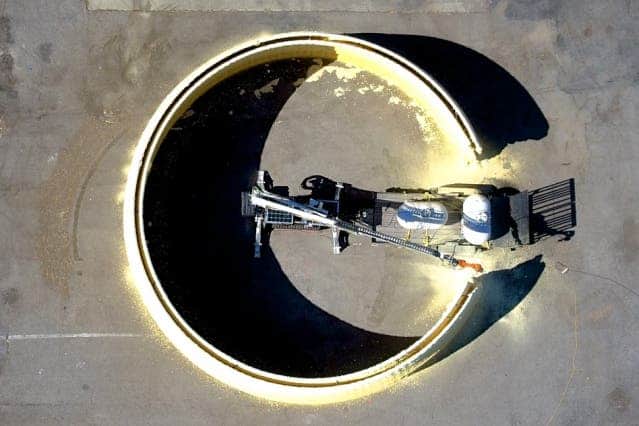
It seems 3-D printing is growing into a phenomenon, and rightfully so. We’ve seen jaw bones perfectly reconstructed and used as medical implants, and even nanoscale objects masterfully made by 3-D printers, and if you’ve yet to witness the potential, wait until you hear about the latest project spun off MIT. Scientists there have initiated a project titled “An Expedition in Computing Printable Programmable Machines,” which will basically allow anyone with a 3-D printer create his own robots, specially catered to their needs, even with limited to little robotics know-how or programming skills.
Robots are generally expensive, due to costly hardware and software development and require a lot of time to construct. The printed robots at MIT cost under $100 and can be made functionally ready within 24 hours. Quality is of little importance concerning this project, what’s important is making it easy, at least in first instance.
“No system exists today that will take, as specification, your functional needs and will produce a machine capable of fulfilling that need,” MIT robotics engineer and project manager Daniela Rus said.
The actual whole robot doesn’t get printed, but instead its plastic casing and backbone. The electronics and actuators are easily attached afterwords to the printout. So far, the researchers have produced two working prototypes: an insect-like robot that crawls on six legs, which could be used to carry sensors or cameras to radioactive spill zones, and robotic gripper, which could be used by the elderly to easily pick up stuff. Wired has a video presentation of both robots below.
Now, they might not look like much, but they’re cheap and were made almost instantaneously, compared to the conventional process. If the project picks off, and becomes open source or a controlled collaboration at least, you could one day have access to a extensive database of robot designs. Pick one off that meets your needs, easily customize it by making use of the built in API, and have it printed out at home or at a local 3-D printer (they’ll pop out like mushrooms after a rainfall in the following years. just wait and see). Pre-made common tasks, like grip, grab, move and so on would be implemented and used by the user easily under some form of variations.
Lancovara thinks the MIT project is an exciting and promising one: “If it’s a plug-and-play system, then it’s feasible,” he said. But “obviously, it [also] depends on the complexity of the robot.” He’s seen complex machines with working gears printed in one piece, he says.
These are doable, without a doubt. The MIT project was funded by the National Science Foundation which awarded a $10 million grant for the five-year course. Considering its still in its infancy, and the necessary resources are there, I wouldn’t be surprised if by 2017 do-it yourself robotics takes a whole new meaning, crossing the barrier into more accessible ground.
source: wired






